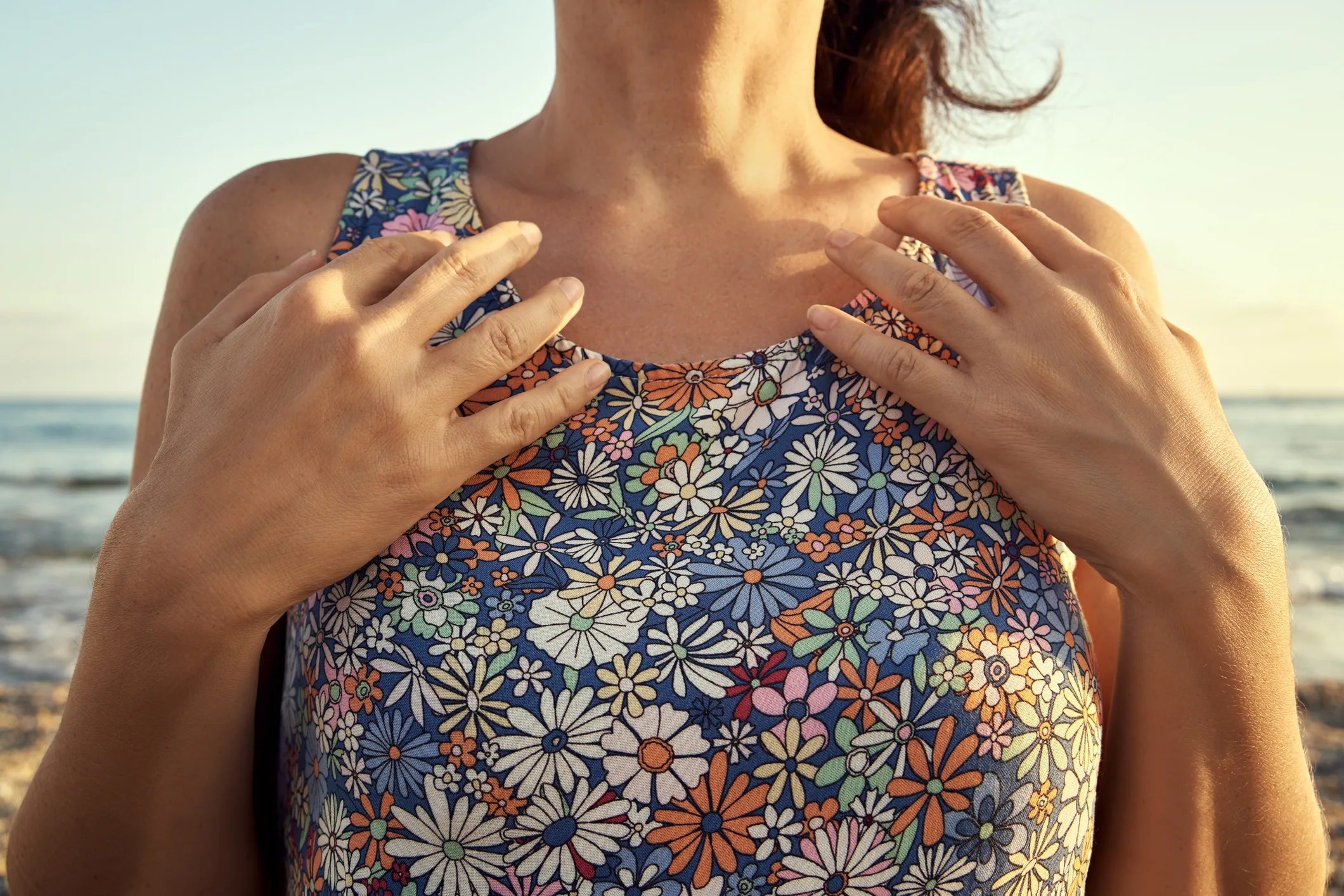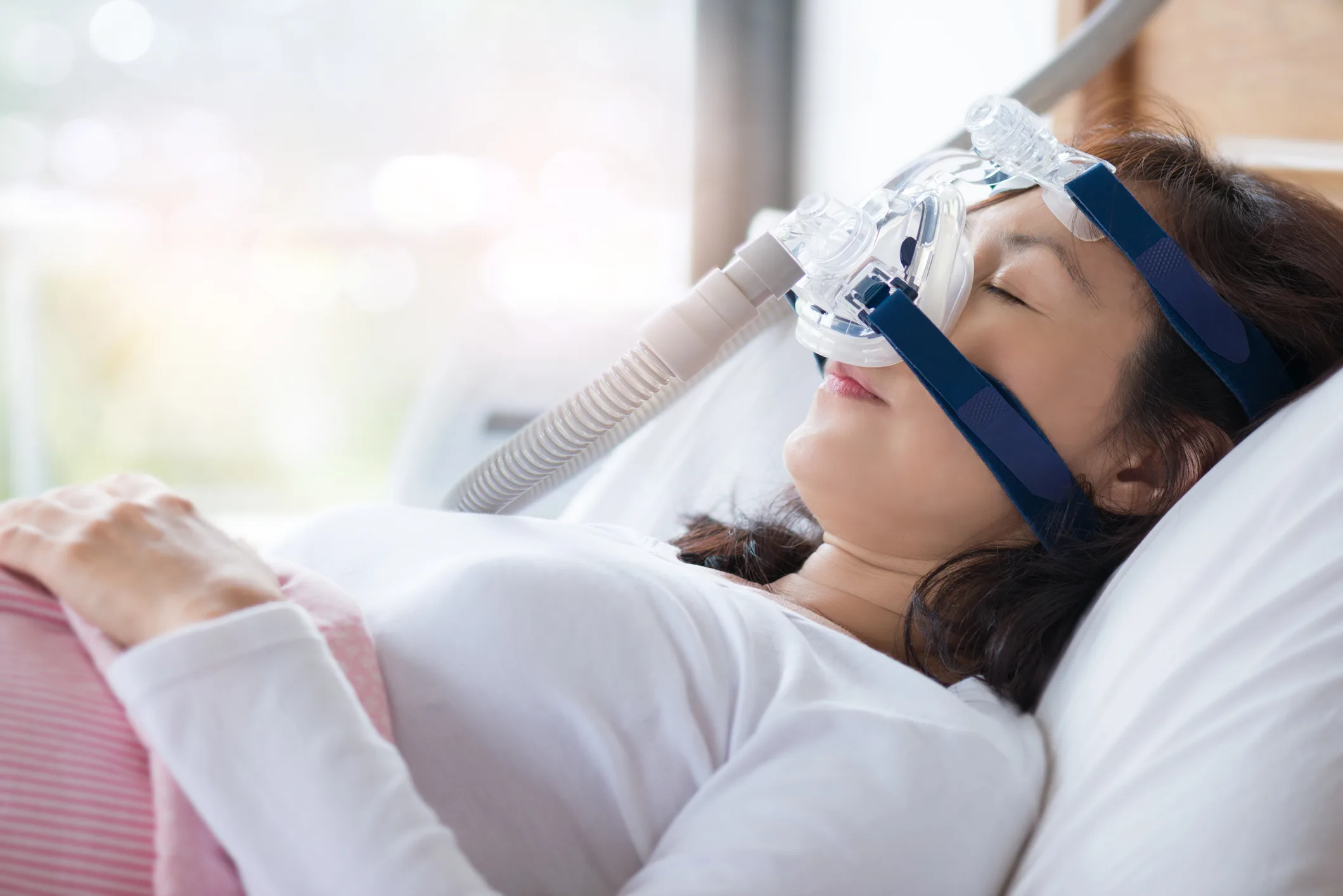The sun, a source of life and warmth, also emits powerful ultraviolet (UV) radiation that can be damaging to our skin. Understanding how to protect ourselves is crucial for long-term skin health. This is where sunscreen and its mysterious acronym, SPF, come into play.
Demystifying SPF: Your Sun Protection Factor
SPF, or Sun Protection Factor, is a crucial metric on your sunscreen bottle. It’s a measure of how well a sunscreen protects your skin from Ultraviolet B (UVB) rays. These are the rays primarily responsible for sunburn and play a significant role in developing skin cancer. The higher the SPF number, the greater the protection against UVB.
It’s important to understand that SPF isn’t a linear scale. For example, SPF 15 blocks approximately 93% of UVB rays, SPF 30 blocks about 97%, and SPF 50 blocks around 98%. While higher SPFs offer slightly more protection, no sunscreen blocks 100% of UV rays. Furthermore, the SPF rating reflects the amount of solar exposure you can withstand, not just time. Sun intensity varies throughout the day, so an hour of sun exposure at 9 a.m. is not equivalent to an hour at 1 p.m.
The Dual Threat: UVA and UVB
While SPF primarily addresses UVB, another type of UV radiation, Ultraviolet A (UVA) rays, also poses a threat. UVA rays penetrate deeper into the skin and are primarily responsible for premature aging, including wrinkles and age spots. Both UVA and UVB rays contribute to the risk of skin cancer.
This is why “broad-spectrum” sunscreen is vital. A broad-spectrum sunscreen offers protection against both UVA and UVB rays. Always look for this label on your sunscreen product to ensure comprehensive protection.
How Much Sunscreen Do You Really Need?
Here’s where many people fall short. Science indicates that most adults apply significantly less sunscreen than recommended, leading to reduced actual protection. The standard protocol for SPF testing involves applying sunscreen at a density of 2 mg/cm² of skin. However, in real-world use, people often apply only about 0.5 to 1 mg/cm².
To achieve the labeled SPF protection, most adults need about one ounce (approximately two tablespoons) of sunscreen to cover their entire body. For your face and neck alone, about a half teaspoon or a nickel-sized dollop is recommended.
Studies have shown that even when applied in lower amounts, higher SPF sunscreens (SPF 70 and above) provide more adequate protection, essentially compensating for under-application. For instance, sunscreens labeled SPF 70 and 100, when applied at 0.5 mg/cm², still yielded actual SPF values of 19 and 27, respectively. This suggests that opting for a higher SPF might offer a greater safety net in real-world application.
Application Best Practices
Applying sunscreen effectively is as crucial as choosing the right one:
- Apply generously: As mentioned, don’t skimp! Use the recommended amounts to ensure adequate coverage.
- Apply before sun exposure: Apply sunscreen to dry skin 15 to 30 minutes before going outdoors. This allows the product to form a protective barrier.
- Reapply frequently: Sunscreen’s effectiveness diminishes over time. Reapply at least every two hours, or more often if you’re swimming, sweating heavily, or towel drying. Water-resistant sunscreens offer protection for 40 to 80 minutes in wet conditions, but still require reapplication afterward.
- Don’t forget overlooked spots: Pay attention to areas like your ears, neck, tops of feet, and scalp (especially if you have thinning hair).
- Daily use is key: UV rays penetrate clouds and can reflect off surfaces like sand, water, and snow. Make sunscreen a part of your daily routine, even on cloudy or cool days. Regular daily use of SPF 15 sunscreen can reduce your risk of squamous cell carcinoma by about 40% and melanoma risk by 50%.
Chemical vs. Mineral Sunscreens
Sunscreens generally fall into two categories based on their active ingredients:
- Mineral (Physical) Sunscreens: These contain zinc oxide and/or titanium dioxide. They work by creating a physical barrier on the skin’s surface that reflects and scatters UV rays. They are generally considered less likely to cause irritation for sensitive skin.
- Chemical Sunscreens: These contain organic compounds like oxybenzone, avobenzone, octinoxate, and octisalate. They work by absorbing UV radiation and converting it into heat, which is then released from the skin.
Many sunscreens combine both types of ingredients to offer broad-spectrum protection. Regardless of the type, ensure it’s broad-spectrum with an SPF of 30 or higher for daily use.
Takeaway
Protecting your skin from the sun’s harmful rays is a non-negotiable step for maintaining healthy skin and reducing your risk of skin cancer. By understanding SPF, applying enough, and reapplying regularly, you can confidently enjoy the outdoors.
Source:











